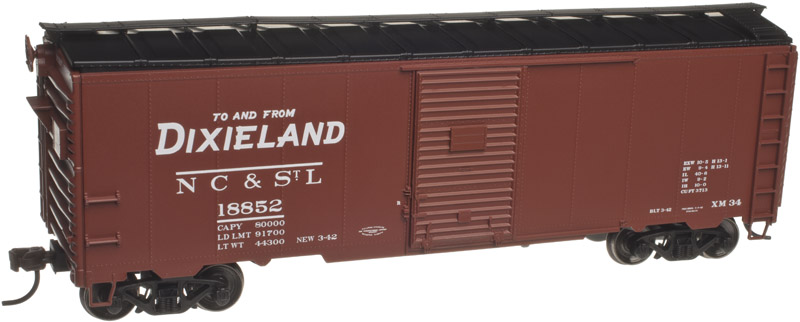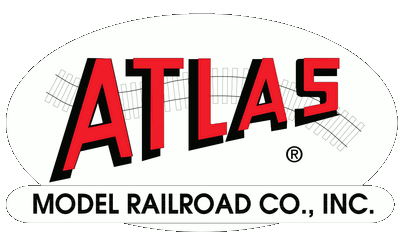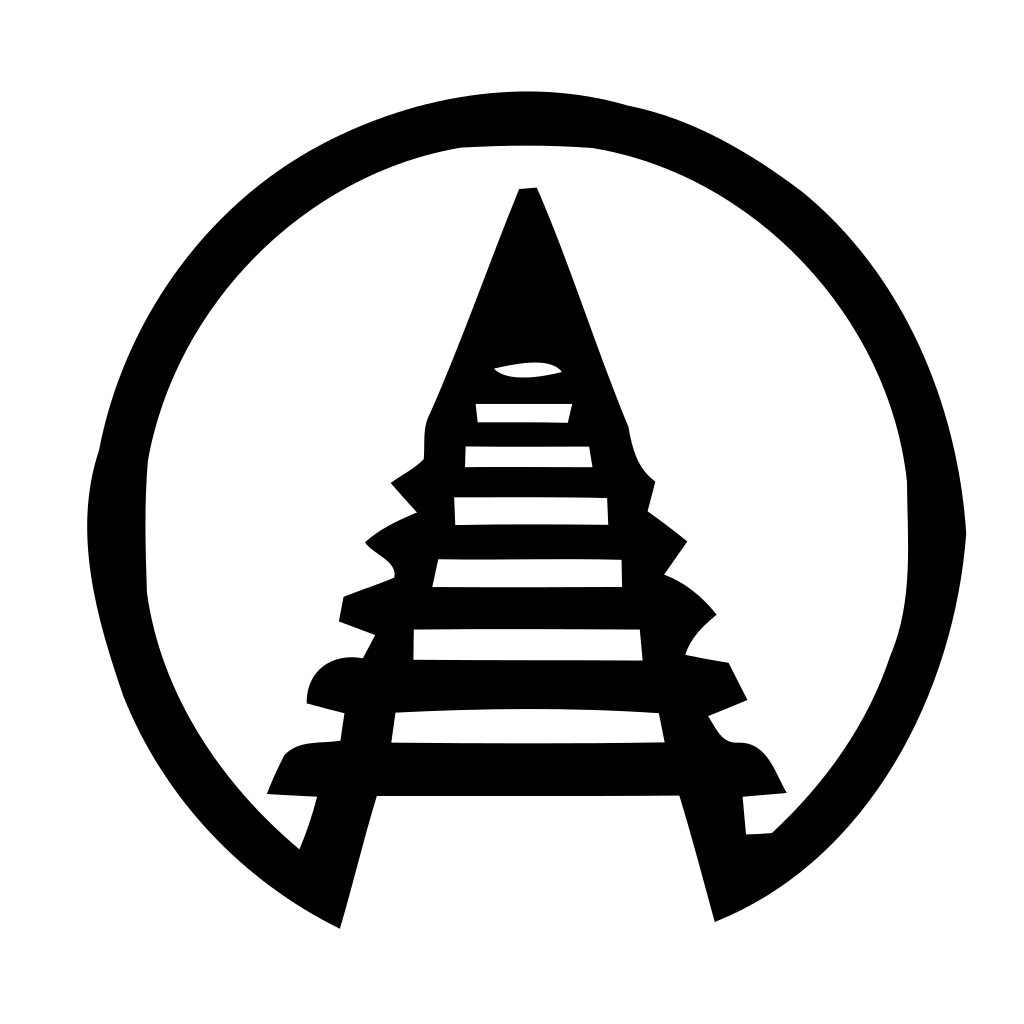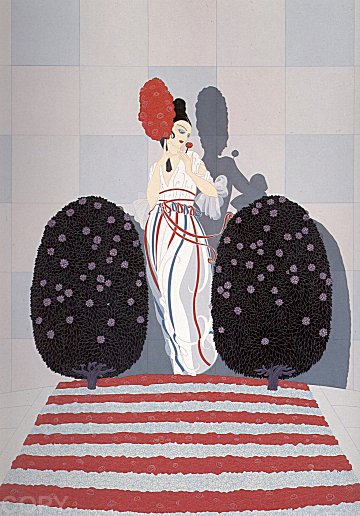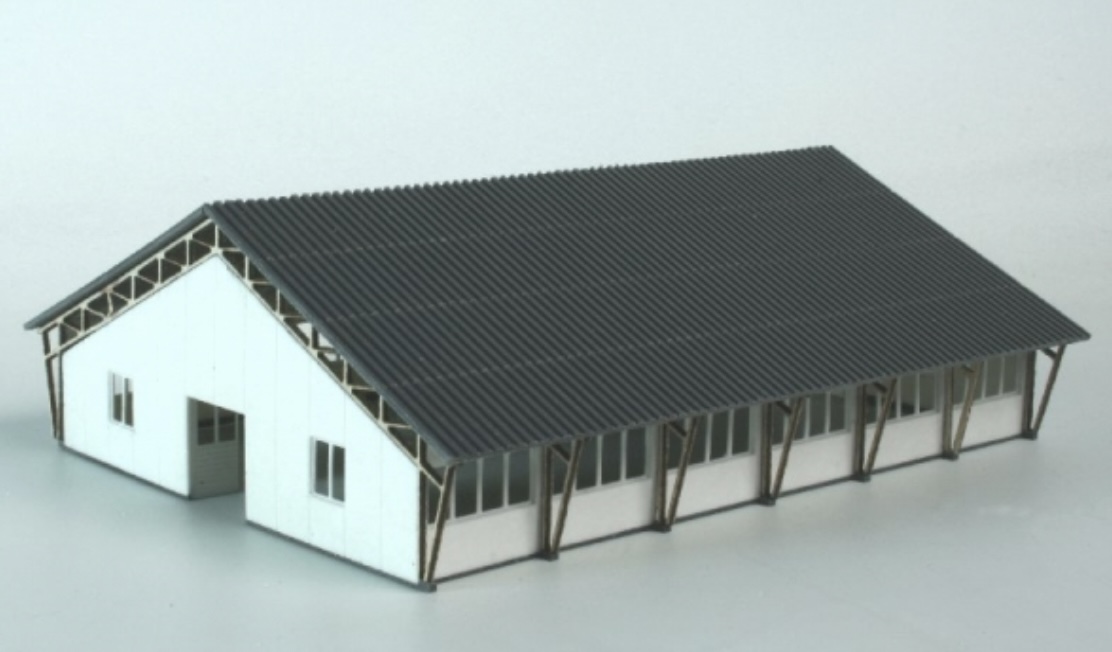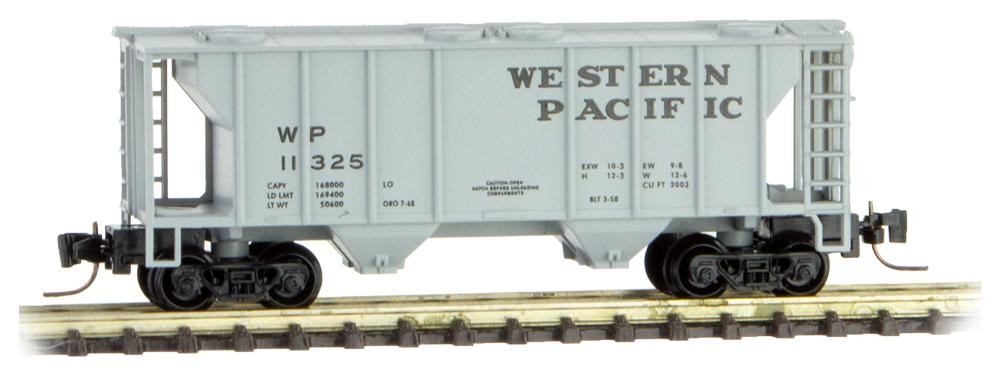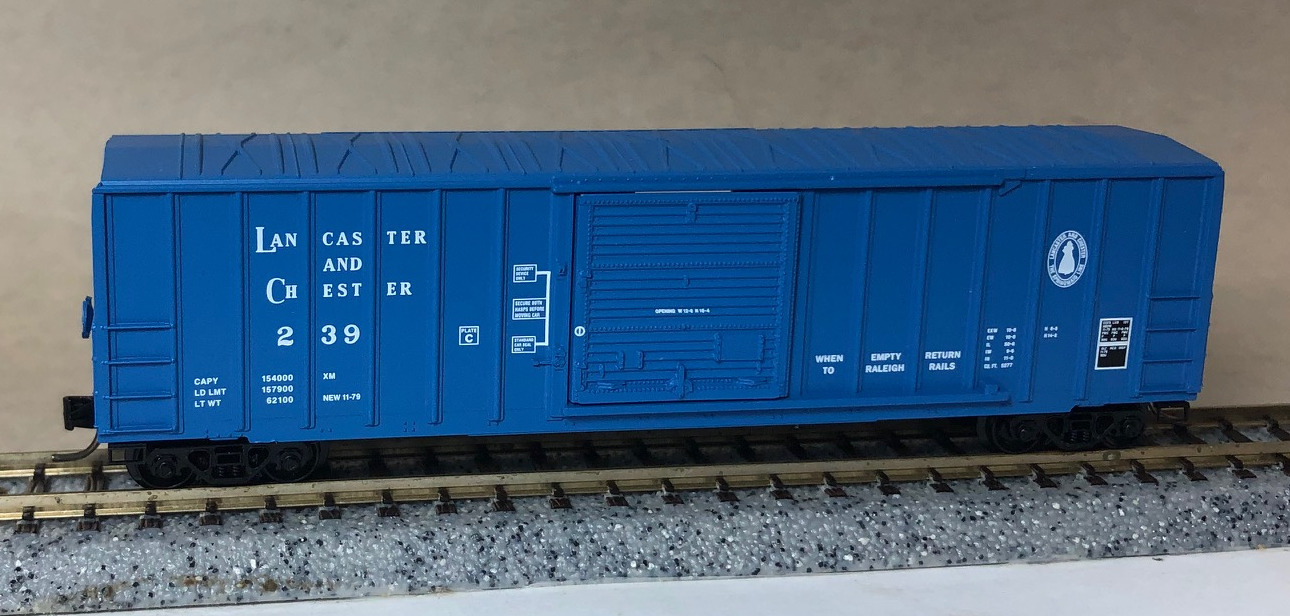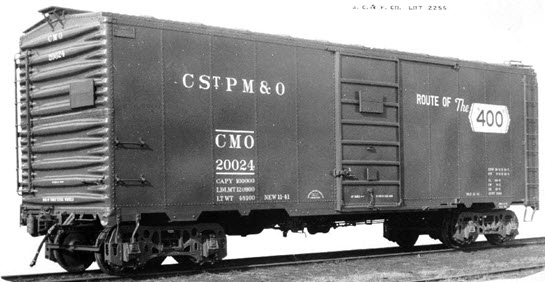Body Style Information: Quick and easy assembly.
Highly detailed body with molded ladders and grab irons.
One-piece underframe with full brake detail.
Quality painting/printing of prototypical paint schemes.
Prototype Information: The Association of American Railroads had been establishing design standards for freight cars since the early part of the century. Each new design standard meant higher capacity, lighter, more durable cars.
The Modified 1937 AAR boxcar design was a result of the industries continued search for more freight volume per carload. The real first attempt at a standardized design had been the 1932 ARA steel boxcar with an inside height of 9'-4" . In 1936 the board of the AAR approved the 1937 AAR design with a 10'-0" inside height. This became a standard throughout the industry.
The Modified 1937 AAR boxcar design was a result of the industries continued search for more freight volume per carload. The real first attempt at a standardized design had been the 1932 ARA steel boxcar with an inside height of 9'-4" . In 1936 the board of the AAR approved the 1937 AAR design with a 10'-0" inside height. This became a standard throughout the industry.
Road/Company Information: 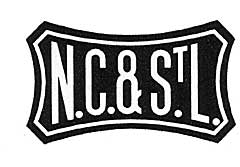 The NC&St.L (not to be confused with NYC&St.L which is the Nickel Plate Road) dates to 1845. Before 1873 it was called the Nashville & Chattanooga and locals continued to call it “the NC” until the end.
The NC&St.L (not to be confused with NYC&St.L which is the Nickel Plate Road) dates to 1845. Before 1873 it was called the Nashville & Chattanooga and locals continued to call it “the NC” until the end.
The NC&St.L ran from Memphis east to Nashville, then southeast to Chattanooga and finally Atlanta. There were also important branches to Paducah, Kentucky where they shared ownership of a bridge across the Ohio River with the CB&Q; Columbia, Tennessee; and Huntsville and Gadsden, Alabama (a big steel center.)
In 1879, NC&St.L began buying and leasing lines to reach Evansville, Indiana then west to St. Louis. In a move typical of the era, the L&N bought 55% of NC&St.L’s stock, and transferred those lines to itself. Although operated independently, the NC&St.L would remain under the control of the L&N for the next 78 years.
NC&St.L was the middle link in “the Dixie Route” for passenger trains between Chicago (or St. Louis) and Florida. Trains such as The Dixie Flagler would travel on (from north to south) C&EI, L&N, NC&St.L (from Nashville to Atlanta), Atlanta Birmingham & Coast, Atlantic Coast Line and Florida East Coast. St. Louis trains skipped the C&EI, and some others used Central of Georgia instead of the AB&C.
On the steam front, Consolidations and Mikes handled the freight with Pacific’s and Mountains pulling passengers. Most engines were equipped with Vanderbilt tenders. The only “modern” steam was a fleet of 25 4-8-4’s, the first of that wheel arrangement in the south. NC&St.L called them “Dixies” instead of Northerns. These had semi-Vanderbilt tenders (flat sides that curved inward toward the bottom), smooth boilers, and conical smoke box fronts. The first batch had wide panels on the running boards that were painted yellow. These earned the nickname “Yellow Jackets.”
North of Chattanooga, the NC&St.L crossed the Cumberland Mountains with 2.5% grades. This required pusher service. They had a trio of 2-8-8-2’s for this but often used 2-8-0’s and Mikes. Since there was nowhere to turn power at the summit, the helpers could face in either direction. Picture a long passenger train with a Yellow Jacket on the point. Passenger trains received helpers ONLY on the head end. So a 2-8-2 couples to the front of the Yellow Jacket -nose-to-nose. The Mike then leads the train over the mountains with the Vanderbilt tender leading the way. This happened routinely.
By 1953, NC&St.L had completely dieselized with an all EMD roster. F3’s and F7’s were painted blue and silver with black roofs. Geeps and switchers were painted oxide red with yellow stripes (with the exception of some dual service geeps in blue and silver.) The first batch of GP7’s were delivered with switcher trucks. There is some argument over whether they did this to save money or weight. Later groups came with standard Blomberg trucks. The F’s were used in freight and passenger service although only the B units had steam generators so a passenger train would have at least an A and B no matter how short it was.
During the 50’s, NC&St.L was 1,043 miles long (a bit longer than Lackawanna or Montana Rail Link), had 132 diesels, 106 passenger cars and 6,800 freight cars. In 1957, they were finally merged into parent L&N.

The NC&St.L ran from Memphis east to Nashville, then southeast to Chattanooga and finally Atlanta. There were also important branches to Paducah, Kentucky where they shared ownership of a bridge across the Ohio River with the CB&Q; Columbia, Tennessee; and Huntsville and Gadsden, Alabama (a big steel center.)
In 1879, NC&St.L began buying and leasing lines to reach Evansville, Indiana then west to St. Louis. In a move typical of the era, the L&N bought 55% of NC&St.L’s stock, and transferred those lines to itself. Although operated independently, the NC&St.L would remain under the control of the L&N for the next 78 years.
NC&St.L was the middle link in “the Dixie Route” for passenger trains between Chicago (or St. Louis) and Florida. Trains such as The Dixie Flagler would travel on (from north to south) C&EI, L&N, NC&St.L (from Nashville to Atlanta), Atlanta Birmingham & Coast, Atlantic Coast Line and Florida East Coast. St. Louis trains skipped the C&EI, and some others used Central of Georgia instead of the AB&C.
On the steam front, Consolidations and Mikes handled the freight with Pacific’s and Mountains pulling passengers. Most engines were equipped with Vanderbilt tenders. The only “modern” steam was a fleet of 25 4-8-4’s, the first of that wheel arrangement in the south. NC&St.L called them “Dixies” instead of Northerns. These had semi-Vanderbilt tenders (flat sides that curved inward toward the bottom), smooth boilers, and conical smoke box fronts. The first batch had wide panels on the running boards that were painted yellow. These earned the nickname “Yellow Jackets.”
North of Chattanooga, the NC&St.L crossed the Cumberland Mountains with 2.5% grades. This required pusher service. They had a trio of 2-8-8-2’s for this but often used 2-8-0’s and Mikes. Since there was nowhere to turn power at the summit, the helpers could face in either direction. Picture a long passenger train with a Yellow Jacket on the point. Passenger trains received helpers ONLY on the head end. So a 2-8-2 couples to the front of the Yellow Jacket -nose-to-nose. The Mike then leads the train over the mountains with the Vanderbilt tender leading the way. This happened routinely.
By 1953, NC&St.L had completely dieselized with an all EMD roster. F3’s and F7’s were painted blue and silver with black roofs. Geeps and switchers were painted oxide red with yellow stripes (with the exception of some dual service geeps in blue and silver.) The first batch of GP7’s were delivered with switcher trucks. There is some argument over whether they did this to save money or weight. Later groups came with standard Blomberg trucks. The F’s were used in freight and passenger service although only the B units had steam generators so a passenger train would have at least an A and B no matter how short it was.
During the 50’s, NC&St.L was 1,043 miles long (a bit longer than Lackawanna or Montana Rail Link), had 132 diesels, 106 passenger cars and 6,800 freight cars. In 1957, they were finally merged into parent L&N.
Brand/Importer Information: In 1924 Stephan Schaffan, Sr. founded the Atlas Tool Company in Newark, New Jersey. In 1933 his son, Stephan Schaffan, Jr., came to work for his father at the age of sixteen. Steve Jr. built model airplanes as a hobby and frequented a local hobby shop. Being an enterprising young man, he would often ask the owner if there was anything he could do to earn some extra spending money. Tired of listening to his requests, the hobby-store owner threw some model railroad track parts his way and said, "Here, see if you can improve on this".
Atlas has made a ton of wonderful products throughout the years and we often get questions one whether we have run a certain road name on a particular model. It should be noted that Atlas locomotives and rolling stock are greatly appreciated for their superior operating and running characteristics. Atlas products are also well known for their outstanding collectability not only due to their superior prototypical workmanship, details and decoration, but because there are relatively so few of them made. Each and every production run has been carefully built to market demand, meaning almost every piece in any given run is sold out by Atlas on arrival or shortly thereafter, thus creating a built in collectors market.
Atlas has made a ton of wonderful products throughout the years and we often get questions one whether we have run a certain road name on a particular model. It should be noted that Atlas locomotives and rolling stock are greatly appreciated for their superior operating and running characteristics. Atlas products are also well known for their outstanding collectability not only due to their superior prototypical workmanship, details and decoration, but because there are relatively so few of them made. Each and every production run has been carefully built to market demand, meaning almost every piece in any given run is sold out by Atlas on arrival or shortly thereafter, thus creating a built in collectors market.
Item created by: devsummers428 on 2019-11-19 17:46:28
If you see errors or missing data in this entry, please feel free to log in and edit it. Anyone with a Gmail account can log in instantly.
If you see errors or missing data in this entry, please feel free to log in and edit it. Anyone with a Gmail account can log in instantly.


